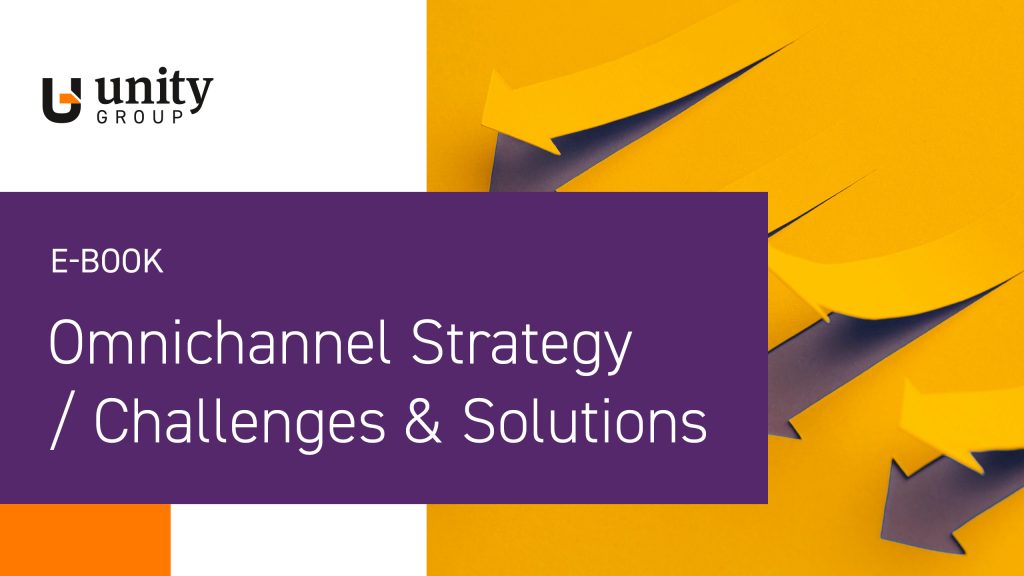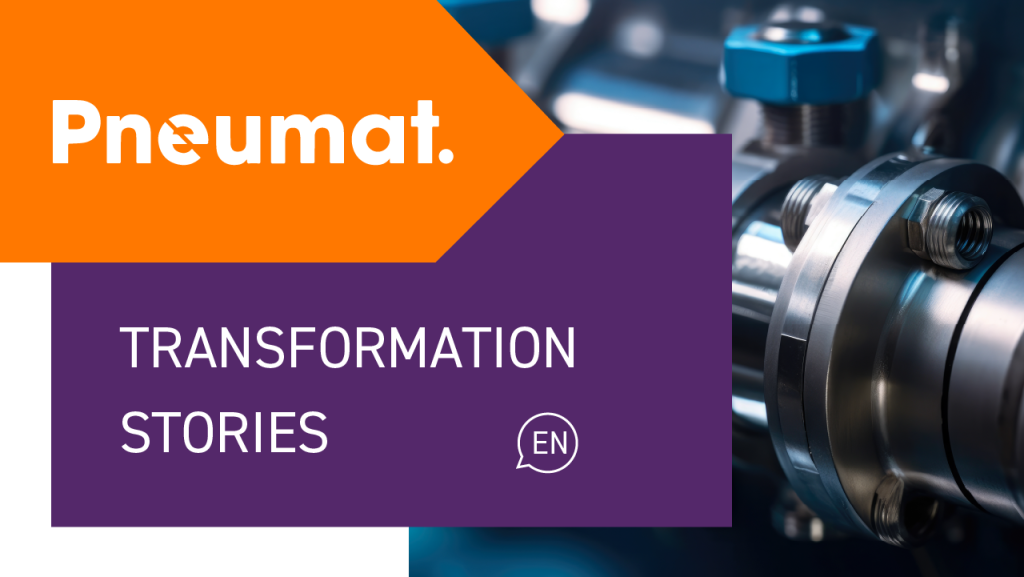IT Systems Integrations – From Zero to Production Stage
Integration project realization is a new experience for many developers and architects. How these projects are going? What is worth paying attention to during such projects. How to perform the tests? Tomasz Sarnowski – Java Developer from Unity Group and experienced expert in the integration field has answered all of these questions during the IT Corner Tech MeetUp.
Integration projects aim to assure the cohesion of IT solutions. They can refer to 2 elements: applications and data. What stages do you have to go through to complete such a project?
In the beginning, you have to realize what is the way the integration of the application works. First of all, it is happening in real-time or almost t once and it’s the part of the business process containing few systems. Usually, for this kind of integrations, we use API such as RESTor SOAP. Integrations are not visible for business what can be a difficulty for example when justifying its realization.
Why integrate?
There are various premises, which influence deciding on systems integration:
- Some of the clients want to eliminate manual data rewriting between systems. Thanks to the switch from manual to automatic integration, employees who were performing boring, repetitive tasks can engage in more interesting activities.
- The integration project can be necessary when the new system in the organization is being implemented, for example, ERP. Additionally, when changing the present solution for another, the integration layer helps reinforce the new as well as old system to compare the operation effect.
- Another situation in which integration is required occurs when many different systems are operating within one organization and we do not want to replicate data to each of them. We prefer that these systems share data with others and are not able to do it in the way required by others. In such a situation, the integration layer can efficiently provide such integration.
Tools for integration projects
There are 3 classes of solutions related to system integration:
- Integration Framework – library, which simplifies work, by providing integration functionalities. Some think that the first level is enough for them and they stop here.
- Enterprise Service Bus – service bus, provides not only all of the integration functionalities but also supports the management and monitoring of existing integrations.
- Integration Suite – fully comprehensive solution, combining integration and frameworks, service buses, ensuring migration processes and improving data quality. All integration issues can be solved with this tool. Due to its size, however, it is used only by the largest organizations. Such solutions are provided by, among others IBM.
Testing
After choosing appropriate integration tools comes the time to test them.
In the integration world we are not self-sufficient, so comparing to typical projects, testing is difficult.
In case of integration projects, the 3 types of tests are being used:
- manual
- automatic on special testing environment
with separately installed mock-ups - automatic with mocks built-in
The last ones are closest to the ideal.
The implementation of the last type of tests, sample integration implementation and its implementation you can see in practice in webinar (available in Polish).








